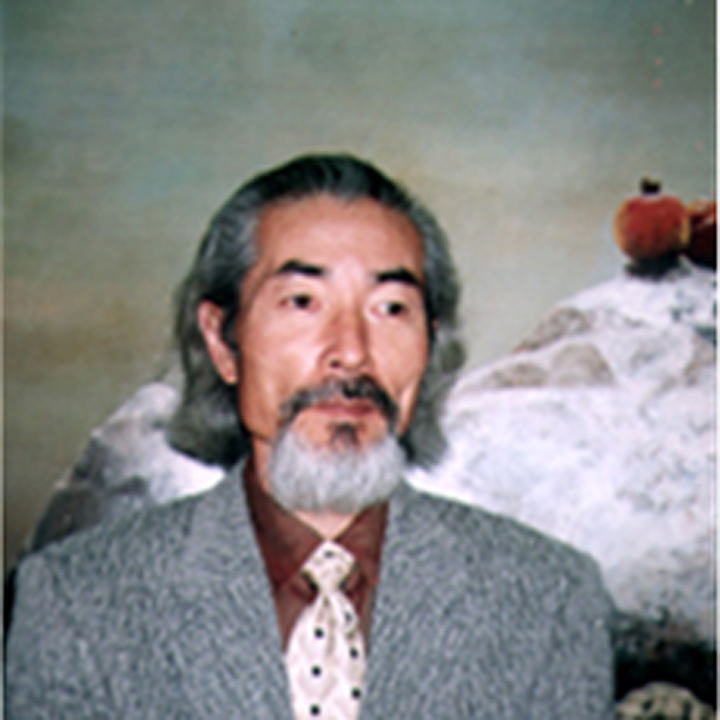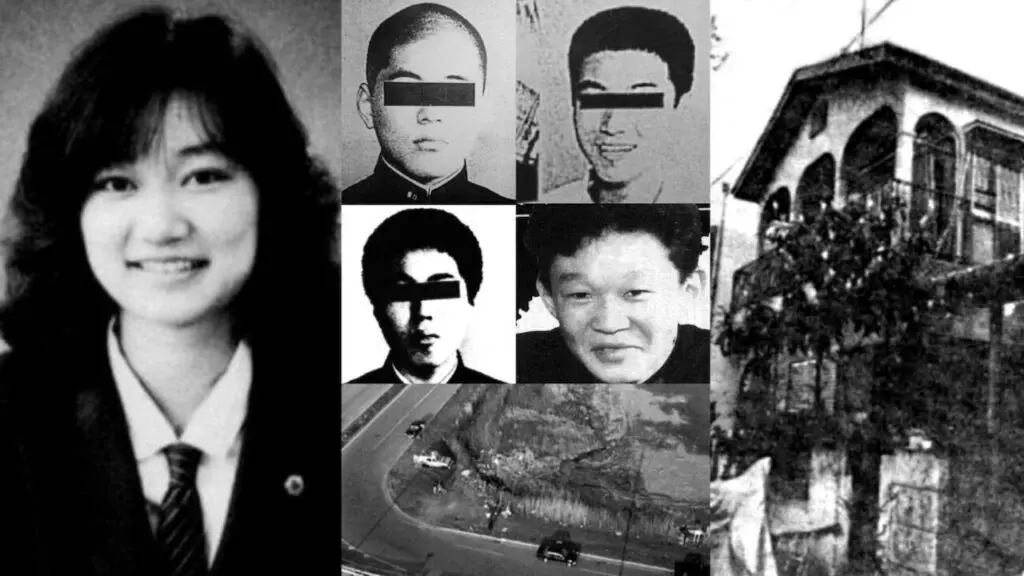The Junko Furuta Case: Hiroshi Miyano & The Horrific Crime
In the annals of true crime, few cases are as chilling and disturbing as the 1989 murder of Junko Furuta. This horrific crime, perpetrated by a group of teenage boys in Adachi, Japan, stands as a stark reminder of the depths of human depravity and the failures of a justice system that often struggles to adequately address such heinous acts.
The story begins on November 25, 1988, when Junko Furuta, a seemingly ordinary high school student, was targeted by Hiroshi Miyano and Shinji Minato, who were looking for someone to rob and rape. They spotted Furuta riding her bike home after work. As they planned their assault, another boy, Hiroshi Miyano, approached, feigning concern and offering to walk her home after an alleged attacker fled. This was a prearranged scheme, a calculated act of deception.
Minato kicked Furuta off her bike, and Miyano took charge, abducting her. He brought her to a warehouse where the horrific abuse began. He then contacted his accomplices, including Minato, to revel in what they had done. For approximately 44 agonizing days, from November 25, 1988, to January 4, 1989, Furuta endured unimaginable torture and sexual violence. The perpetrators, led by Miyano, subjected her to a prolonged ordeal that eventually led to her death. This was not a crime of passion, but a systematic, deliberate act of cruelty.
- Movierulz 2025 Your Guide To South Indian Films More
- Movierulz Kannada Watch Movies Online Is It Legal Safe
| Subject | Details |
|---|---|
| Full Name (Original) | Furuta Junko (\u53e4\u7530 \u9806\u5b50) |
| Born | Approx. 1971 (age 17 at the time of death) |
| Nationality | Japanese |
| Known For | Victim of the Junko Furuta murder case, also known as the Concrete Slab Murder. |
| Date of Abduction | November 25, 1988 |
| Location of Abduction and Abuse | Adachi, Tokyo, Japan |
| Cause of Death | Multiple injuries and trauma after 44 days of captivity and abuse. |
| Perpetrators | Hiroshi Miyano, J Ogura, Shinji Minato, Yasushi Watanabe |
| Link for Reference | Wikipedia - Murder of Junko Furuta |
In the aftermath of the murder, Hiroshi Miyano and J Ogura were detained for another attack just weeks after Furuta's death. Believing that the police were already aware of his involvement, Miyano confessed to the crime, implicating his accomplices. Miyano, Ogura, Yasushi Watanabe, and Shinji Minato were all indicted for Furuta's murder and tried as adults. However, the legal proceedings were complex, and the eventual charges and sentences were, to many, shockingly lenient. When presented in court, Miyano, Ogura, Minato, and Watanabe pled guilty to a single charge of committing bodily injury that resulted in death. This effectively minimized the severity of their crimes in the eyes of the law.
The events of that November evening were meticulously orchestrated. Miyano and Minato, seeking a victim, found Furuta on her bicycle. Miyano, pretending to be a concerned bystander, offered her what she thought was help, but was in reality a trap. He then orchestrated her abduction. The other perpetrators were quickly drawn into this escalating cycle of violence, each playing their part in the degradation and eventual death of Junko Furuta.
The trial revealed a disturbing picture of the defendants and their actions. The four teenagers, Hiroshi Miyano, J Ogura, Shinji Minato, and Yasushi Watanabe, were responsible for the murder. Miyano, the ringleader, was the one who received the longest sentence, initially 17 years, later increased to 20 years. Ogura was sentenced to 8 years in a juvenile detention center. Minato received a sentence of between 5 and 9 years, while Watanabe was sentenced to 5 to 7 years. These relatively short sentences for such an appalling crime sparked outrage and debate about the Japanese juvenile justice system. In other circumstances, the boys might have faced life imprisonment or even the death penalty, leading some to believe the group had ties to the Yakuza.
- Unveiling The Truth Onlyfans Leaks Briialexias Story Now
- Mehdi Hasans Wife Career Family Personal Life Revealed
The case, widely known as the Concrete Slab Murder, has remained a dark stain on the history of crime in Japan. The details are gruesome, and the lack of adequate justice has left many feeling that the system failed Junko Furuta and her family. The brutality, the torture, and the extended period of abuse make this one of the most disturbing cases in recent memory.
The investigation revealed that Miyano had orchestrated the kidnapping and abuse, with the others acting as willing participants. Miyano and Minato were reportedly looking for someone to rob and rape. They targeted Furuta as she was cycling home from work. This calculated act of targeting a young woman illustrates the premeditated nature of their intent.
Miyano's role as the leader, his willingness to orchestrate such violence, and his actions, have cemented his role as the architect of this tragic situation. After the initial assault, Miyano allegedly offered to walk her home, which was a part of the setup. He then called his friends, bragging about what they had done. This indicates a shocking lack of remorse and a brazen disregard for human life. The fact that other teenagers were involved, highlights the disturbing impact of peer pressure and the potential for evil to take root even among seemingly ordinary individuals.
After the brutal crime, the authorities revealed the identities of the four teenage boys responsible. Miyano, Ogura, Minato and Watanabe, all teenagers, were responsible for the murder of Junko Furuta. Miyano was arrested, and the case again drew public scrutiny. The proceedings have been described as chaotic and dubious, raising questions about the ongoing legal battles surrounding Miyano.
The location of the crime, Adachi, became synonymous with this appalling case. The 44 days of abuse and torture were carried out in a warehouse in Adachi, a suburban area of Tokyo. The very place where the abuse happened now evokes feelings of horror and the profound sadness of the tragedy.
The family reported her missing to the police in the same month of November 1988. Later, on March 29, after a woman's underwear was found at Miyano's residence, police officers questioned him, leading to the unraveling of the case. The discovery of this evidence was a critical turning point in the investigation.
The sentences handed down were seen by many as lenient, raising serious concerns about the fairness of the Japanese justice system at the time. Miyano was sentenced to only 20 years in a juvenile rehabilitation center, while Minato was sentenced to between five and nine years, and Ogura received an eight-year sentence. These relatively light sentences were a stark contrast to the severity of the crimes committed, including torture, rape, and murder. The sentences were not commensurate with the heinous nature of the crime and the suffering Furuta endured. The case brought the issue of juvenile justice system to the forefront of national debate.
In the wake of the horrific murder, questions arose about the influence of the Yakuza. The details of the crime and the behavior of the perpetrators led many to speculate about the involvement of organized crime. The Yakuza's known activities of violence, intimidation, and illicit acts were relevant to the case.
Miyano's later life after release is equally troubling. Despite changing his name to Yokoyama, he continued to be involved in the criminal underworld and pyramid schemes. His arrest for allegedly assaulting a man in Saitama last year further demonstrates his continued involvement in criminal activities. His actions are a continued descent into crime.
Ogura, after being released in 1999, made an attempt to rebuild his life, yet the shadow of the crime has continued to haunt him. The social stigma and the public's awareness of his past made it difficult for him to fully escape his past. Isolation, paranoia, and a lonely death seemed a likely future for those involved in this heinous act.
The crime itself and the leniency of the sentences brought about changes in Japan's juvenile justice system. The case forced Japan to confront serious problems with its system of justice and led to a reevaluation of the legal consequences for juvenile offenders. The reforms were aimed at ensuring the cases of child abuse and violence are properly addressed.
The case has remained in the public's consciousness for many years. Miyano, has evaded public and media scrutiny, yet the ringleader is still involved in crime. The case has had a lasting impact on the perception of the Japanese justice system and the importance of ensuring the most vulnerable are protected.
This case serves as a brutal reminder of the importance of protecting vulnerable individuals. Its a cautionary tale about the potential for evil and a call for justice. The events surrounding the murder of Junko Furuta in 1989 are horrific and should be never forgotten.
- Best Vegan Movies Documentaries Watch Vega Online Free
- Mkvmoviespoint Your Hub For Free Movie Downloads Streaming

Hiroshi Miyano An In Depth Profile Unveiling Untold Insights

Hiroshi Miyano A Detailed Profile Of His Life And Impact

Junko Furuta Murder Where is Hiroshi Miyano Now?